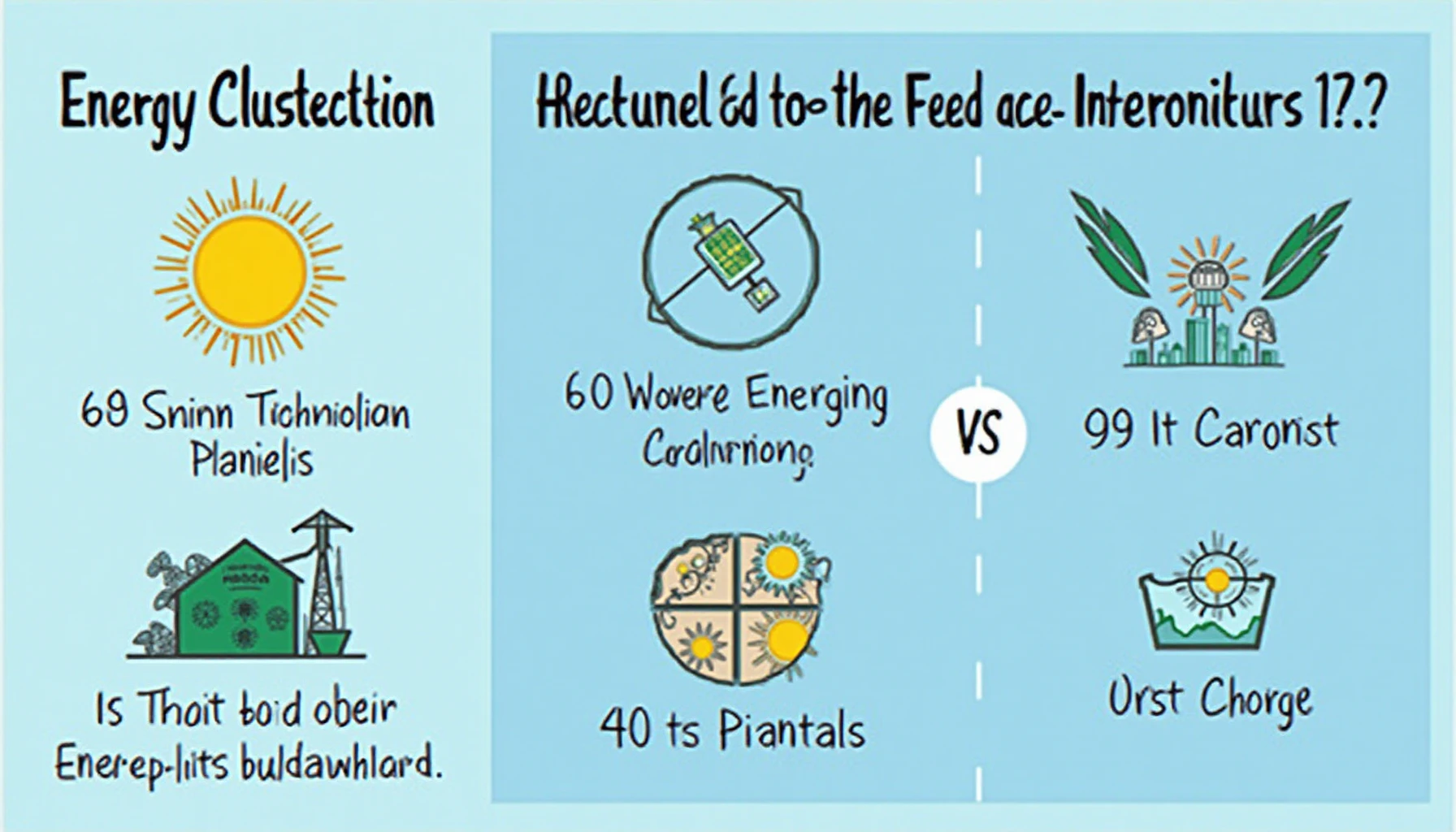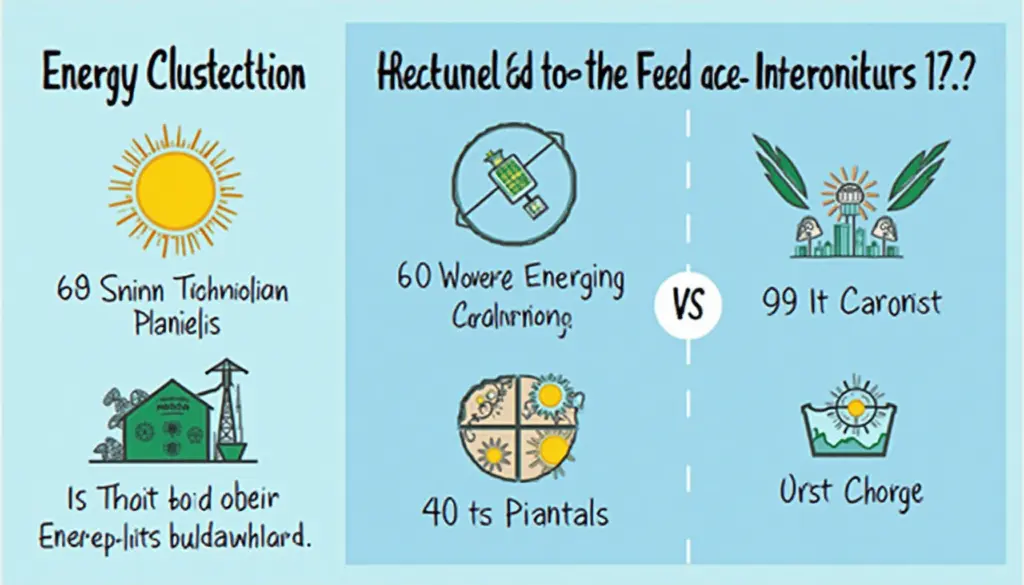Introduction: The Rising Concern of Energy Consumption in Blockchain Technology
Did you know that blockchain technology consumes as much energy as some small countries? With over 5.6 billion transactions processed annually, the carbon footprint associated with digital currencies, especially Bitcoin, raises urgent questions about sustainability. How can we optimize blockchain energy consumption to ensure a greener future for cryptocurrencies?
The Cost of Blockchain: Understanding Energy Consumption
The energy-intensive nature of blockchain, particularly Proof of Work (PoW) systems like Bitcoin, contributes to significant environmental impacts. In essence, each transaction requires substantial computational power, leading to:
- High electricity use: Miners consume vast amounts of electricity, raising concerns among investors and environmentalists.
- Carbon emissions: Depending on the energy source, this can lead to increased greenhouse gas emissions.
How Does this Affect Cryptocurrency Trading?
With ongoing scrutiny, traders might ask, “How does energy consumption impact the future of digital currency transactions?” As regulatory bodies worldwide focus on sustainability, cryptocurrencies that show commitment to reducing their carbon footprint may experience:

- Increased adoption: Users prefer eco-friendly options, boosting user numbers.
- More regulatory support: Incentives for greener cryptocurrencies can lead to legislation favorable for sustainable practices.
Strategies for Energy Optimization in Blockchain
Fortunately, there are many solutions available to tackle the issue of energy consumption:
1. Transition to Proof of Stake (PoS)
Unlike PoW, PoS requires validators to hold tokens, drastically reducing energy consumption by up to 99%. Ethereum’s switch to PoS is a prime example of this transformation.
2. Utilize Renewable Energy Sources
Integrating renewable energy sources like solar and wind can significantly lessen blockchain’s environmental impact. For instance, mining operations powered by renewable energy can mitigate carbon emissions substantially.
3. Engage in Carbon Offsetting
Blockchain projects can participate in carbon offsetting by supporting environmental programs, which could balance out their energy consumption. Partnerships with organizations focused on reforestation or renewable projects can enhance brand reputation and sustainability credentials.
Looking Ahead: The Future of Blockchain Sustainability
As technology evolves, the pressure mounted by consumers and regulatory entities will drive innovation in blockchain energy optimization. According to recent studies, the global cryptocurrency transaction volume is expected to increase by 40% by 2025, leading to urgent discussions on sustainability practices.
Consumers may ask, “How do I support sustainable cryptocurrency practices?” Here are a few tips:
- Research the energy efficiency of cryptocurrencies you invest in.
- Choose wallets and platforms that promote sustainability initiatives.
Conclusion: A Call to Action for a Sustainable Future
Embracing energy consumption optimization in blockchain technology is not just a trend but a necessity for a sustainable financial ecosystem. By advocating for greener practices, users help ensure a cleaner, more sustainable future for digital currencies. Start making informed decisions today about your cryptocurrency investments!
